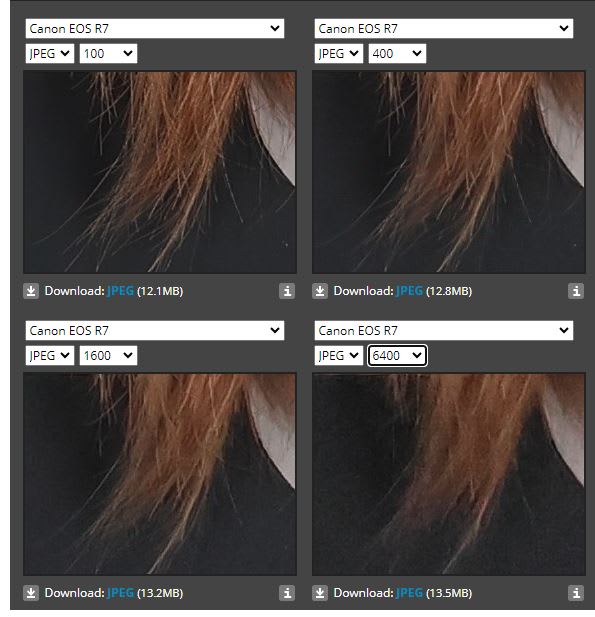milkshakelake
Structural
- Jul 15, 2013
- 1,176
I need to do facade inspections for buildings that are 4-6 stories in height. I need to be able to zoom in to cracks and parapets. Anyone have a suggestion for what equipment to use? (I also posted this on a photography forum, but maybe someone here has faced this issue already.)
For reference, I currently use a Sony RX V (up to 70mm) on a tripod and it just isn't cutting it. It can't zoom far enough and the pictures come out blurry. I tried low ISO and narrow aperture - all the things that should give a clear image - but I think I'm hitting some hard limitations of the sensor and lens itself.
I'm currently thinking of getting a Sony A7 IV and telephoto lens. My only concern is the massive size and weight of the camera, lens, and tripod, along with other site visit equipment (measuring tools, drawings, paper/tablet, etc). Whoever uses it will have to lug it around all day, since they do multiple site visits in one shot. But then again, using a smaller kit will result in lower image quality, so I'm not sure about that either.
I'm not sure if this belongs on this forum; will move it if it doesn't.
For reference, I currently use a Sony RX V (up to 70mm) on a tripod and it just isn't cutting it. It can't zoom far enough and the pictures come out blurry. I tried low ISO and narrow aperture - all the things that should give a clear image - but I think I'm hitting some hard limitations of the sensor and lens itself.
I'm currently thinking of getting a Sony A7 IV and telephoto lens. My only concern is the massive size and weight of the camera, lens, and tripod, along with other site visit equipment (measuring tools, drawings, paper/tablet, etc). Whoever uses it will have to lug it around all day, since they do multiple site visits in one shot. But then again, using a smaller kit will result in lower image quality, so I'm not sure about that either.
I'm not sure if this belongs on this forum; will move it if it doesn't.


![[cheers] [cheers] [cheers]](/data/assets/smilies/cheers.gif)
![[bigsmile] [bigsmile] [bigsmile]](/data/assets/smilies/bigsmile.gif)